Top Mobility Features Designed for Healthcare Professionals
Healthcare professionals, without a doubt, need some of the most sophisticated and specialized technologies for their trade. Considering the importance of even minutes or seconds in such a profession, getting quick access to patient records, disease or condition related information and the like, can help a great deal in saving valuable time. Be it mobile devices and applications, or regular devices like the stethoscope and pressure testing cuffs, it should have features that address the unique needs of healthcare professionals.
Here are some features that can be included in a healthcare application or device, that can make work for healthcare professionals much easier:
Security Features
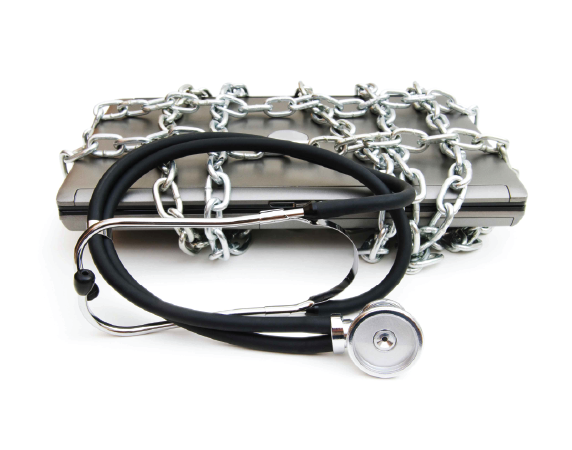 A lot of healthcare professionals these days have moved to Electronic Medical Records (EMR), which has increased the demand for security. There is a need to incorporate high-end security features to protect valuable patient data, in the event of such sharing of resources through dashboards and the cloud. Here are some popular and useful features that can be made to be a part of healthcare devices:
A lot of healthcare professionals these days have moved to Electronic Medical Records (EMR), which has increased the demand for security. There is a need to incorporate high-end security features to protect valuable patient data, in the event of such sharing of resources through dashboards and the cloud. Here are some popular and useful features that can be made to be a part of healthcare devices:
– full disc encryption
– a certified smart card reader
– a trusted platform module
These help in protecting both the organization’s as well as the patient’s data, while at the same time providing anytime, anywhere access to important information.
Efficiency-Enhancing Features
A number of hardware features like, audio capture capabilities, with noise cancellation to support leading edge voice-recognition software, can be very useful for healthcare professionals in taking notes even when their hands are full. A built-in barcode reader can help in quick, effective and positive patient-to-patient medication information matching. These features allow health practitioners to be more effective in terms of treatment and care. To a large extent these features also allow health professionals to be more proactive in their approach towards patients as well. Often, patients’ questions and issues can be addressed even before they arise, thanks to such smart features.
Here, efficiencies are achieved in terms of day-to-day activities as well as on an overall basis. Together, they contribute towards more optimized work flows, more savings in time and money, and thus, more personal and focused attention to patients.
External Hardware
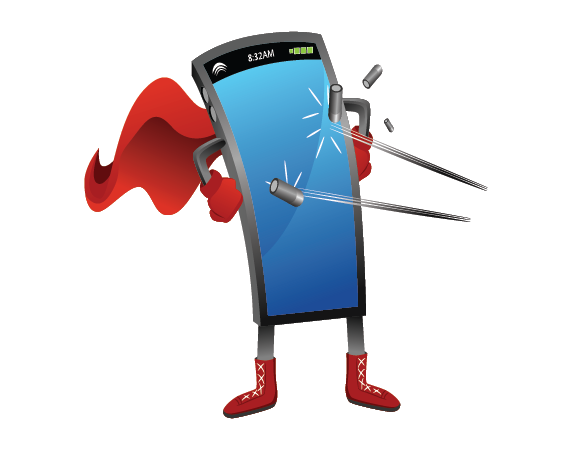 Considering the in-hospital environment and the various scenarios that the health professionals may go through, there are certain external device features that may come in useful. Apart from the basic requirements of being handy and lightweight, there is a need for health devices used by clinicians to be sturdy and robust. Devices that pass the standard MIL-STD Drop testing might be most appropriate.
Considering the in-hospital environment and the various scenarios that the health professionals may go through, there are certain external device features that may come in useful. Apart from the basic requirements of being handy and lightweight, there is a need for health devices used by clinicians to be sturdy and robust. Devices that pass the standard MIL-STD Drop testing might be most appropriate.
Dust and water resistance properties (as per IP 54 ) for their devices can also prove to be useful for the doctors. Antimicrobial coating on the device protects the device from obvious infections as the doctor treats different patients. They will also have to be cleaned with several sanitizing solutions for the best of all users.
Above all these, healthcare professionals need constant and seamless communication among their colleagues as well as among various departments. They need systems that encompass various locations, from in-patient units to out-patient units to operation theaters to labs. They also need different means of communication in their tools, like video calls, emails, text and multimedia messages and the like.
Healthcare devices and tools used by professionals can become one of the main contributors of effective care in organizations if they have the right features. Hardware and software features are both important factors affecting the efficiency of a device or application. Once the right set of features are incorporated, they have to be constantly evaluated and validated, to ensure that only the best development practices and standards are adhered to, so as to maintain a fundamental level of quality and safety, and also to keep the system updated.
Stay up to date on what's new

Recommended Posts
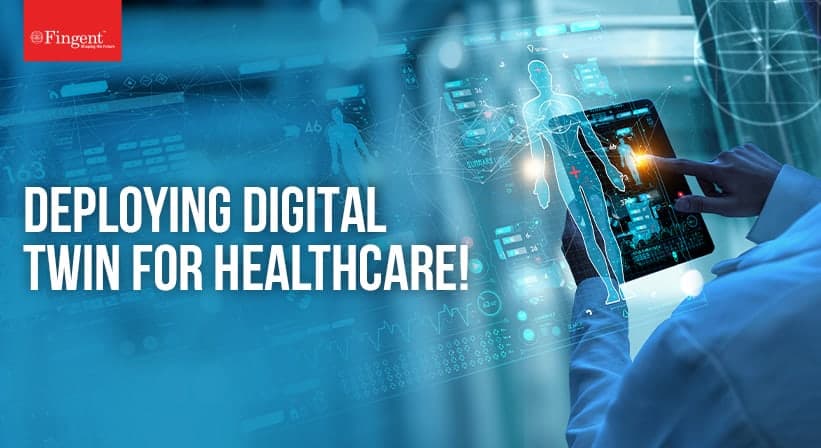
16 Feb 2022 Healthcare
Is Digital Twin Promising A New Era for Healthcare?
Over the next three years, 66% of healthcare executives are planning to increase their investment in digital twin, states a recent digital health technology report. Since the outbreak of the……
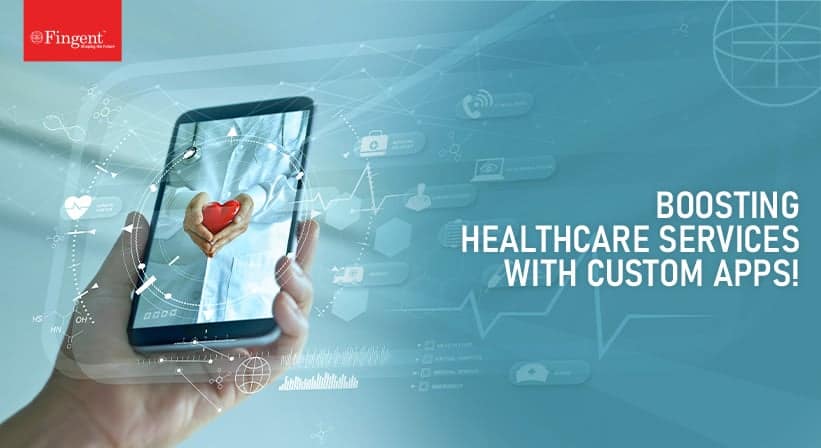
10 Feb 2022 Healthcare B2B
How Can Custom-Made Software Provide Superior Customer Service In The Healthcare Industry?
Healthcare is a vast customer service industry that is trying to improve patient health and healthcare processes. This patient-centric approach has evolved, especially after the COVID-19 pandemic. Virtual consultations and……
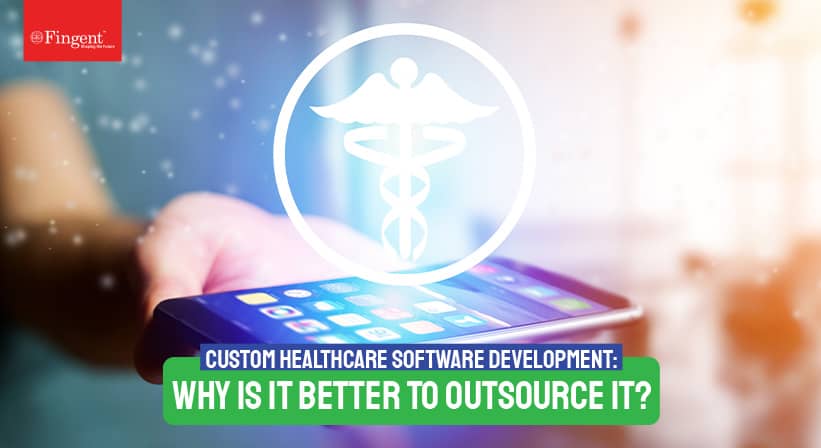
13 Oct 2021
Custom Healthcare Software Development: Why Is It Better To Outsource It?
With the ongoing COVID-19 pandemic, the healthcare industry is spiraling at an unexpected speed and is continuously inventing healthcare solutions to drive streamlined operations. Medical organizations are now largely depending……
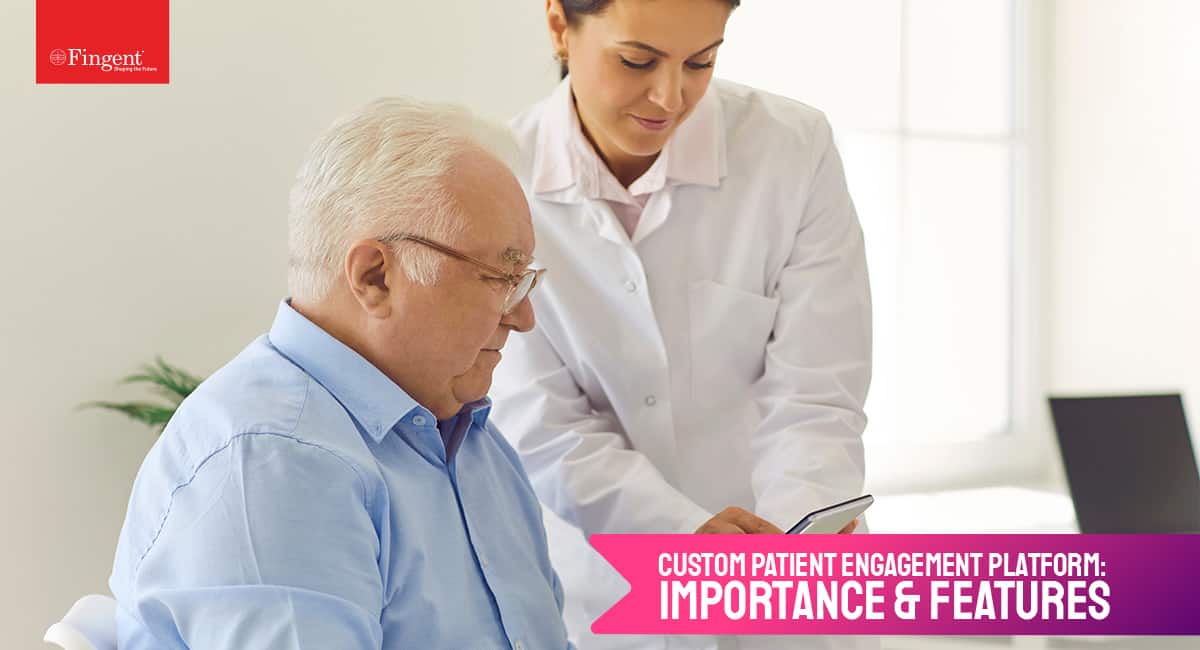
16 Jul 2021 Healthcare
Patient Engagement Platforms: 7 Must-have Features – Fingent
Custom patient engagement platforms improve caregiver-patient interactions today. Here’s how. With the COVID-19 pandemic restricting face-to-face engagement, patients have started using telehealth (telemedicine) technology and other digital channels to receive……
Featured Blogs
Stay up to date on
what's new










